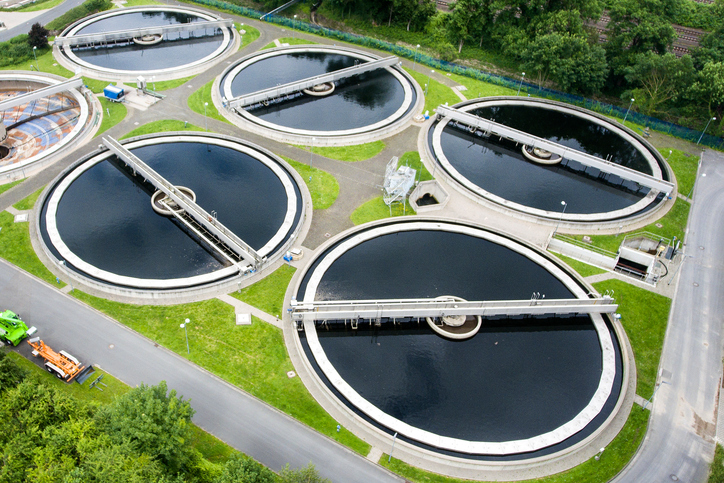By Faylin Mutch, alumna, American Military University
Editor’s Note: This article is Part II in a series describing Faylin’s efforts to assess her local water reclamation plants. Read the first installment here.
Efforts to bolster local government efficiency and effectiveness often benefits from a multi-lateral and multi-agency approach. Such an approach has been helpful in many disciplines, including intelligence analysis and public safety. It has also proven to be a more effective and sustainable route for mitigating threats to critical infrastructure.
While a student in AMU’s Intelligence Analysis graduate program last year, I was working as a senior administrator for an Ohio county’s Department of Environmental Services. With the guidance of Dr. Joseph DiRenzo, I was able to apply my real-world experience to the classroom and conducted a threat analysis of my local water reclamation systems. No such analysis of our county’s wastewater treatment plants had been undertaken before. With the worrying state of the current global and national climate, it would be helpful to know what we were facing on a local level.
[Related: Crisis Action Plans for Critical Infrastructure: Learn from Flint, Michigan]
With the support of my department’s director, I worked with the director of the county’s Emergency Management Agency (EMA) to create a threat analysis team comprised of various public safety, fire, and public health professionals. The varied backgrounds, knowledge and experience of team members brought together new ideas, giving us insights into threat perspectives we did not initially consider.
Our assessment, conducted over the past year, found that the most concerning threats to our water reclamation plants were the physical kind. This included lack of perimeter security, building security, and other issues concerning the welfare of personnel communications in the event of an emergency.
By joining forces, our team members were able to take a new approach that expanded everyone’s thinking about the safety of our systems. Our findings will be reviewed by department management to determine what projects should be undertaken in the coming year to strengthen our plants’ security. This will, in turn, protect our overall water reclamation infrastructure.
Our multi-agency collaboration not only helped to broaden the objectives of our threat assessment, but also alerted more people across different agencies to the dangers we face as a whole. We hope to conduct similar analyses of other types of infrastructure in the future.


Comments are closed.